Zebra pleco - Hypancistrus zebra
Scientific name: Hypancistrus zebra
Common name: Zebra pleco
Family: Loricariidae
Usual size in fish tanks: 8 - 10 cm (3.15 - 3.94 inch)
014
Recommended pH range: 6.5 - 7.4
Recommended water hardness: 3 - 12°N (53.57 - 214.29ppm)
0°C 32°F30°C 86°F
Recommended temperature range: 21 - 27 °C (69.8 - 80.6°F)
The way how these fish reproduce: Spawning
Where the species comes from: South America
Temperament to its own species: peaceful
Temperament toward other fish species: peaceful
Usual place in the tank: Bottom levels
Food and Feeding
Zebra Plecos are omnivorous with a preference for protein-rich foods. Their diet should consist of quality sinking pellets, algae wafers, and vegetables like zucchini or cucumber. Supplement their meals with live or frozen foods such as bloodworms, brine shrimp, or tubifex to ensure balanced nutrition. Feeding during the evening or at night aligns with their nocturnal habits and ensures they receive their share of food in a community tank.
Origin
Hypancistrus zebra is native to the Xingu River, a tributary of the Amazon River in Brazil. This region is known for its clear, fast-flowing waters with rocky substrates, providing the perfect environment for these stunning bottom dwellers.
Sexing
Sexing Zebra Plecos becomes easier as they mature. Males typically have a broader head and longer odontodes (bristle-like structures) on their pectoral fins. Females tend to have a rounder body shape, especially when viewed from above, as they carry eggs.
Breeding
Breeding Hypancistrus zebra in captivity is challenging but possible with optimal conditions. A dedicated breeding tank with caves or narrow crevices for egg-laying is essential. Mimic their natural habitat by maintaining a steady water flow and pristine water quality. Spawning is typically triggered by lowering the water temperature slightly and increasing oxygen levels. Males will guard the eggs until they hatch, usually within a week. Once the fry are free swimming, they can be fed Infusoria, followed by newly hatched brine shrimp and finely crushed flake food as they grow.
Lifespan
With proper care, Zebra Plecos can live for over 12 years, making them a long-term commitment for dedicated aquarists.
Tank Setup and Behavior
Zebra Plecos are peaceful and shy bottom-dwelling fish, making them ideal for specialized or community tanks with non-aggressive tankmates. Provide a tank with a sandy substrate and plenty of hiding places, such as caves, rocks, and driftwood, to replicate their natural habitat and reduce stress. Ensure excellent water quality and a moderate to strong flow to mimic the conditions of the Xingu River.
Suitable tankmates for Zebra Plecos include:
- Ember Tetras – Gentle and small companions.
- Rummy Nose Tetras – Peaceful schooling fish that complement the tank's harmony.
- Otocinclus Catfish – Fellow bottom dwellers with similar water requirements.
- Bolivian Rams – Non-aggressive cichlids that coexist well.
- Sterbai Corydoras – Peaceful and active bottom-dwellers.
Avoid keeping Zebra Plecos with aggressive or territorial fish such as large cichlids or fin-nipping species like tiger barbs, as they may stress or injure these peaceful plecos.
Recommended Plants
While Zebra Plecos prefer rocky setups, adding hardy plants can enhance the tank's aesthetics and provide additional cover. Suitable plants include:
- Java Fern – Easy to care for and thrives in low-light conditions.
- Anubias – Perfect for attachment to driftwood or rocks.
- Cryptocoryne – Adds a lush appearance to the tank.
- Java Moss – Ideal for creating natural hiding spots.
Short Description
The Zebra Pleco is a striking and sought-after species known for its unique black and white stripes. These peaceful, nocturnal fish thrive in well-maintained aquariums with excellent water quality and plenty of hiding places. Their manageable size, long lifespan, and captivating appearance make them a prized addition for experienced aquarists who can provide the specialized care they require.
Pictures
Some pictures were bought by aqua-fish.net from jjphoto.dk.
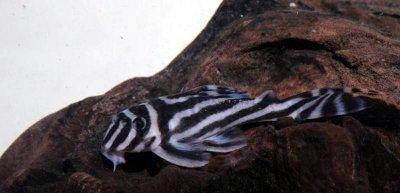





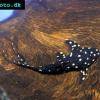 Adonis
Adonis 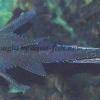 Lyre
Lyre 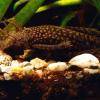 Bristlenose
Bristlenose 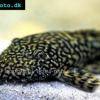 Gold
Gold 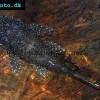 Bushymouth
Bushymouth 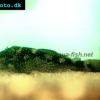 Spotted
Spotted 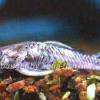 Medusa
Medusa 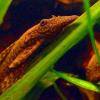 Bristlenose
Bristlenose 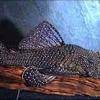 Starlight
Starlight 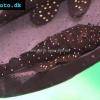 Spotted
Spotted 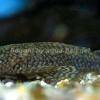 Catfish
Catfish 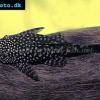 Bushynose
Bushynose 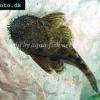 Bristlenose
Bristlenose 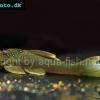 Green
Green 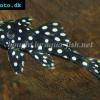 LDA-33
LDA-33 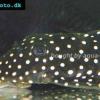 Snowflake
Snowflake 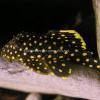 Gold
Gold 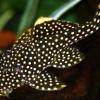 Gold
Gold 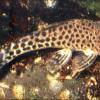 Bulldog
Bulldog 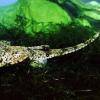 Dasyloricaria
Dasyloricaria 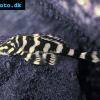 Butterfly
Butterfly 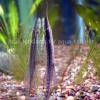 Whiptail
Whiptail 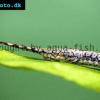 Amazon
Amazon 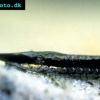 Twig
Twig 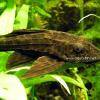 Spotted
Spotted 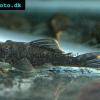 Spotted
Spotted 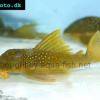 Lemon
Lemon 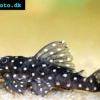 Pleco
Pleco 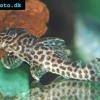 Peruvian
Peruvian 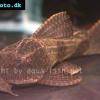 Pleco
Pleco 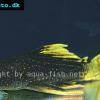 Hypostomus
Hypostomus 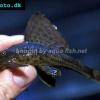 Pleco
Pleco 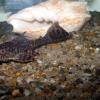 Suckermouth
Suckermouth 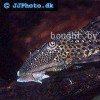 Spotted
Spotted  Woodeating
Woodeating 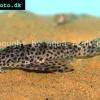 Golden
Golden 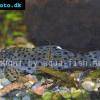 Sultan
Sultan 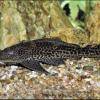 Multiradiatus
Multiradiatus 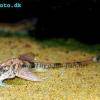 Marbled
Marbled 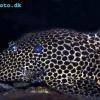 Pleco
Pleco 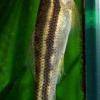 Dwarf
Dwarf 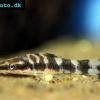 Dwarf
Dwarf 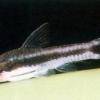 Dwarf
Dwarf 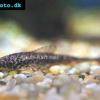 Oxyropsis
Oxyropsis 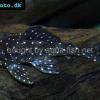 Orange
Orange 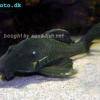 Blue
Blue 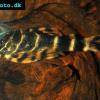 Clown
Clown 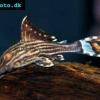 Royal
Royal 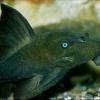 Blue
Blue 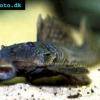 Rubber
Rubber 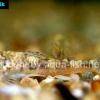 Goby
Goby 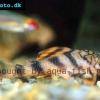 Wormline
Wormline  Para
Para  Tiger
Tiger 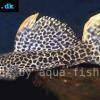 Leopard
Leopard 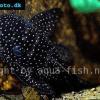 Spiny
Spiny 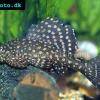 Marbled
Marbled 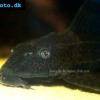 Amazon
Amazon 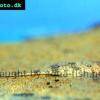 Common
Common 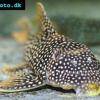 Sunshine
Sunshine 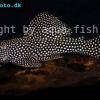 Golden
Golden